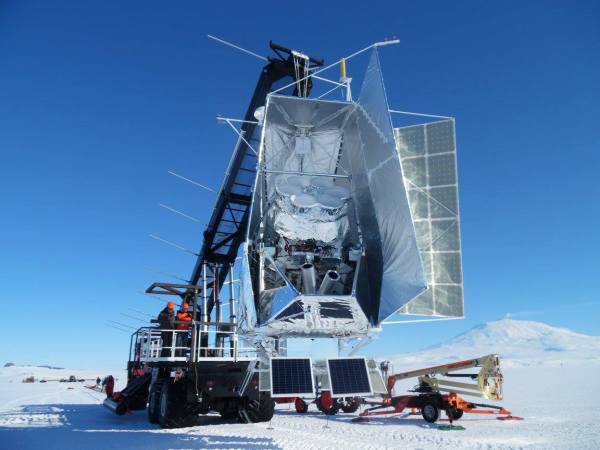If you want to map the entire sky -- whether you're looking in the visible, ultraviolet, infrared or microwave, your best bet is to go to space. Only high above the Earth's atmosphere can you map out the entire sky, with your vision unobscured by anything terrestrial.
But that costs hundreds of millions of dollars for the launch alone! What if you've got new technology you want to test? What if you still want to defeat most of the atmosphere? (Which you need to do, for most wavelengths of light.) And what if you want to make observations on large angular scales, something by-and-large impossible from the ground in microwave wavelengths?
You launch a balloon! The Spider telescope has just completed its data-taking operations, and is poised to take the next step -- beyond Planck and BICEP2 -- in understanding the polarization of the cosmic microwave background! Amanda Yoho has the story.


